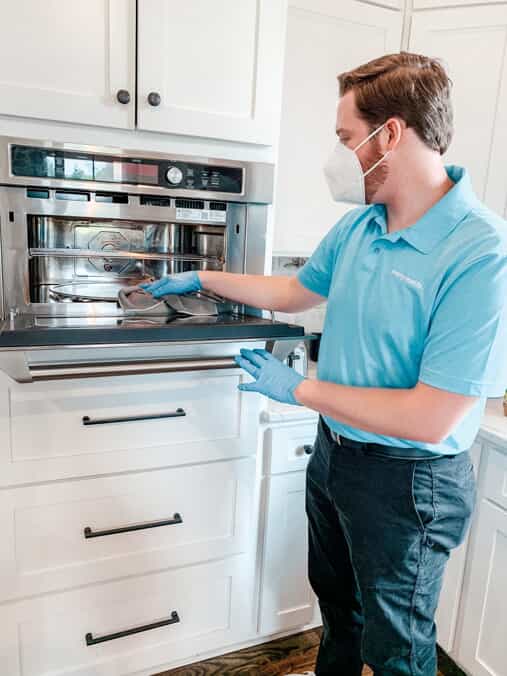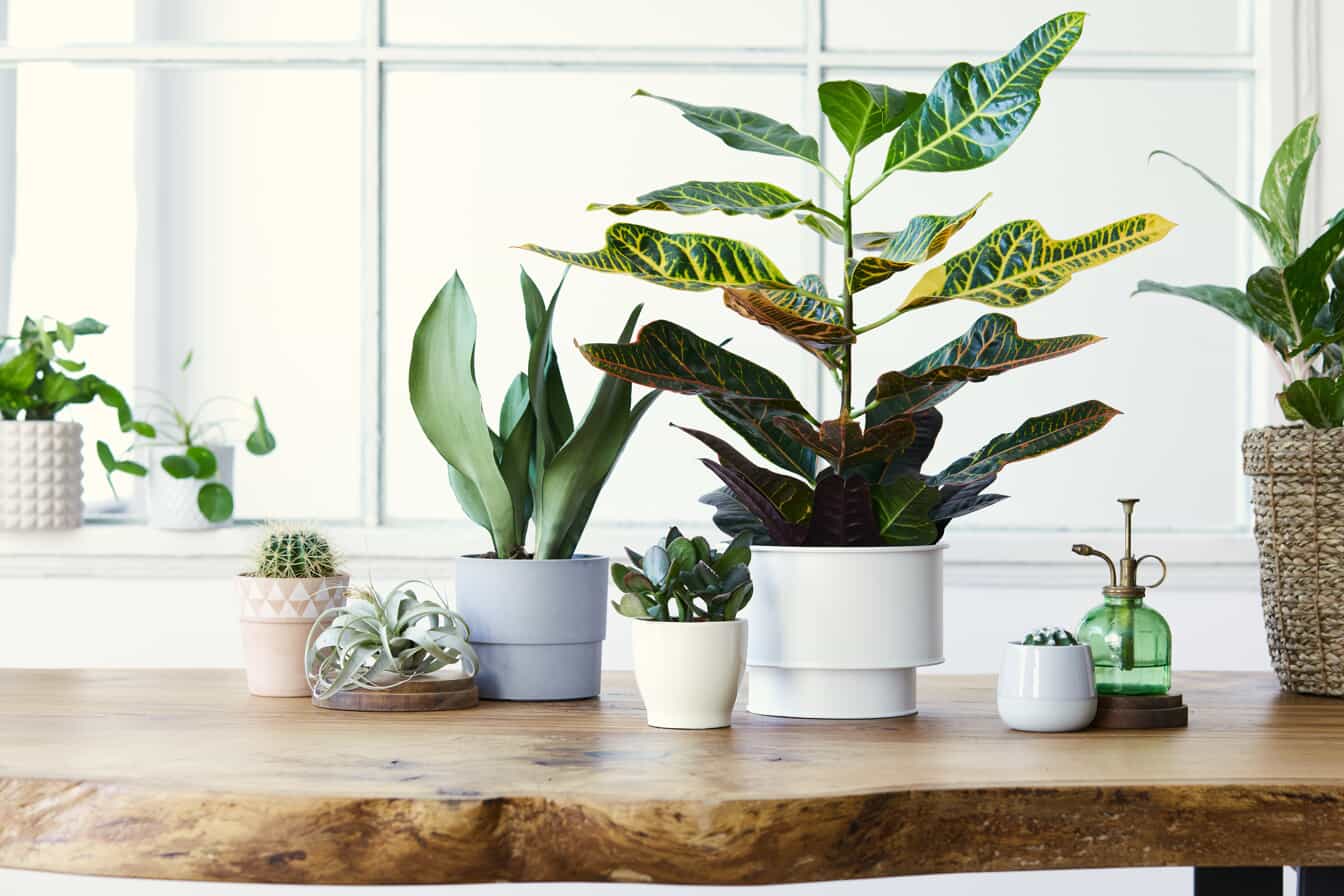Common Sense Ways to Deep-Clean and Disinfect
With some simple cleaning and disinfecting, most common viruses can be wiped out on all sorts of surfaces—countertops, electronics, upholstery, and others. All it takes is a little common sense and some elbow grease. With these tips from the cleaning professionals at Merry Maids®, you can keep your home cleaner and your family healthier.
Cleaning vs. Disinfecting Surfaces: What’s the Difference?
When it comes to removing foreign matter from a surface, several terms are often used interchangeably to varying degrees. However, these terms each have a distinct meaning, and the first step to fighting germs is to understand the difference between these words.
Cleaning: This refers to physically removing dirt and debris from a surface, usually with soap or a mild detergent and water. Generally speaking, this simply transfers matter from one surface to another, so while cleaning may remove germs from one place, they may still exist in another.
Disinfecting: This involves killing a high percentage of germs or leaving them unable to reproduce, generally through the use of a chemical disinfectant. It does not necessarily remove the germs from a surface.
Sanitizing: This means that germs have been lowered to a safe or acceptable level on surfaces, based on public health standards or requirements, either through cleaning or disinfection.
Sterilizing: This implies all forms of microbial life have been destroyed on a surface, and is typically only used in a clinical or laboratory setting.
How to Properly Clean and Disinfect Household Surfaces
To stop germs from spreading, it’s important to make sure you know how to effectively disinfect surfaces in your home. For best results, clean first with soap and water and a microfiber cloth to remove any larger particles or debris, then let it dry and follow up with a disinfecting step. The secret to most household disinfectants is that they don’t necessarily kill germs on contact; you must let them air dry for 15-30 seconds to be effective. When used properly, though, most disinfectants will kill up to 99.9% of bacteria and viruses on hard surfaces.
There are a number of household disinfectants on the market, including disinfectant sprays that can even be used on upholstery, such as furniture and mattresses, but if you want to make an inexpensive yet very effective solution at home, a mixture of chlorine bleach and water has been proven to kill common foodborne bacteria, including Listeria, e. Coli, and Salmonella, and viruses such as the flu and norovirus.
DIY: Mix one and a half tablespoons of chlorine bleach with one quart of water to disinfect against the extremely contagious norovirus, or one tablespoon of chlorine bleach to one quart of water to disinfect against the flu virus. Let dry for at least 10 minutes and then rinse with plain water. Make bleach solution fresh each time, because it loses effectiveness over a short period. (For routine kitchen or bathroom disinfection, use a quarter tablespoon of chlorine bleach to a quart of water—no need to rinse the surface unless intended for food or mouth contact.)
Always be very careful with chlorine bleach, avoid the fumes and keep out of reach of children and pets.
Don’t Forget These Germ Hotspots
Make cleaning and disinfecting a regular part of your cleaning routine, especially for high-touch surfaces that often get overlooked.
Don’t forget to clean and disinfect these germ hot spots in your home:
Door knobs
Light switches
Phones
Stair rails
Thermostats
Computer keyboards
TV remote controls
Garage door openers
Regularly Scheduled Professional Cleaning from Merry Maids®
When you schedule regular house cleaning with Merry Maids®, you can let the professionals handle cleaning and disinfecting while you spend time with the people you love. Learn more about our offerings and how we can help you save time and keep your family healthy by reaching out to us today.














